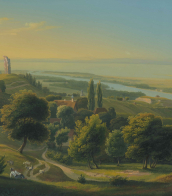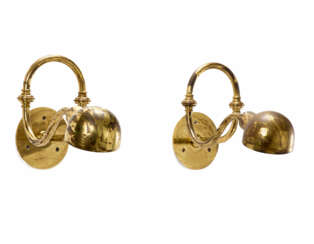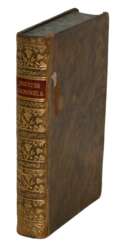velin
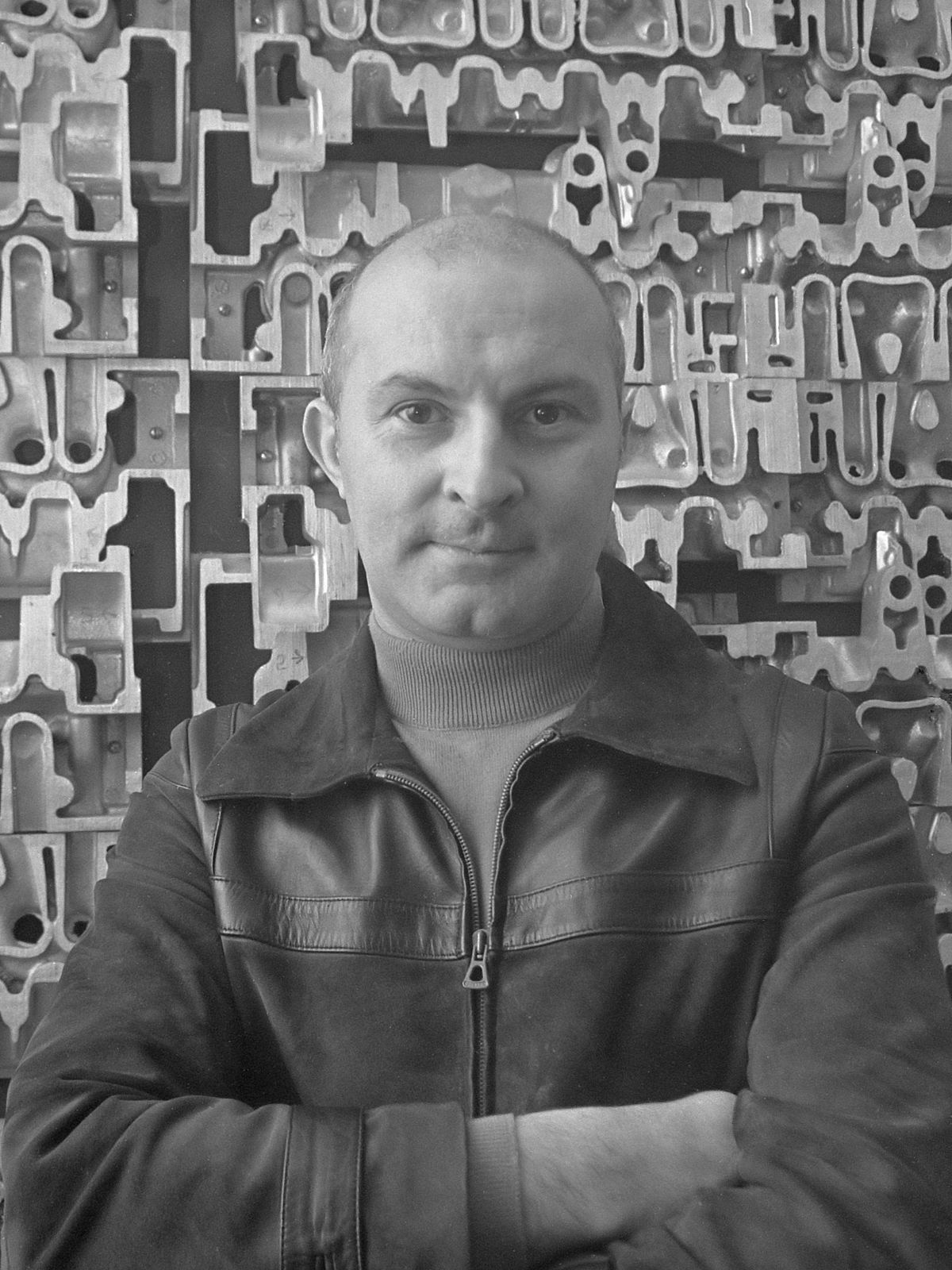
Armand Pierre Fernandez, widely known by his mononym Arman, was a French-born American artist celebrated for his innovative contributions to the Nouveau Réalisme movement and his radical use of everyday objects in art. Born in Nice, France, on November 17, 1928, Arman's early exposure to art came from his father, an antiques dealer and amateur artist, which deeply influenced his later artistic endeavors.
Arman moved beyond traditional painting techniques early in his career, instead creating his signature "Accumulations" and "Poubelles" (trash) sculptures. These works involved assembling and compacting everyday items like watches, clocks, and even automobiles, embedding these objects in layers of concrete or encasing them in Plexiglas. One of his most notable large-scale works is "Long Term Parking," a 60-foot high sculpture made of concrete-encased cars, situated in Jouy-en-Josas, France.
His work is an essential bridge between European and American trends in Pop art and has been widely exhibited in major institutions like the Metropolitan Museum of Art in New York, the Tate Gallery in London, and the Centre Pompidou in Paris. Arman's innovative techniques and philosophical approach to materials challenged conventional categorizations of art and inspired future generations of artists.
For collectors and enthusiasts interested in staying updated on exhibitions and sales related to Arman's work, signing up for updates can provide essential insights and opportunities related to this influential artist. Join our community to ensure you don't miss out on new discoveries and auction events associated with Arman's legacy.

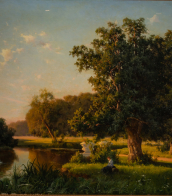

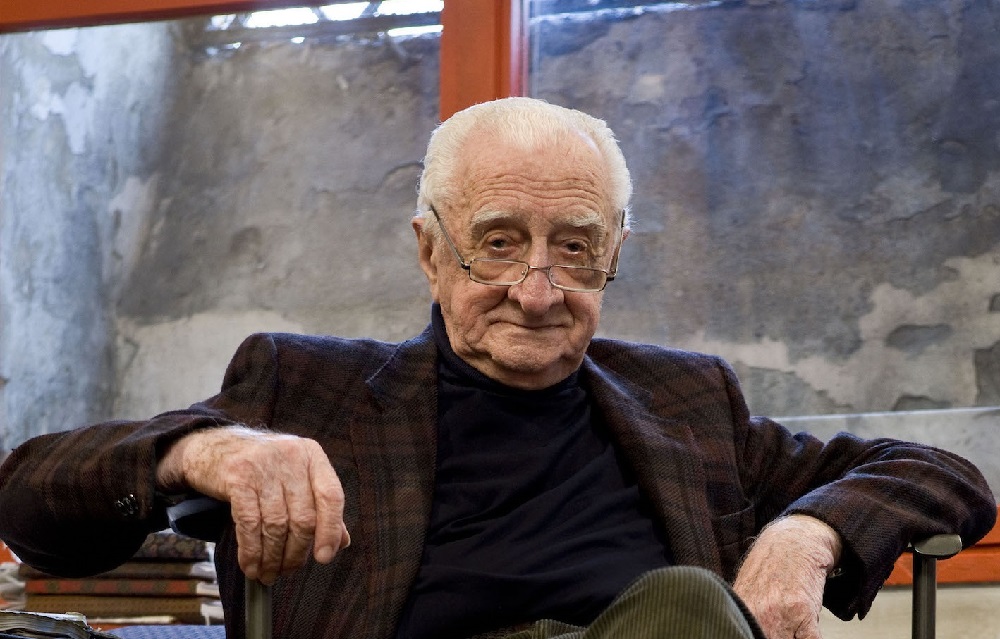
Luigi Caccia Dominioni was an Italian architect and furniture designer.
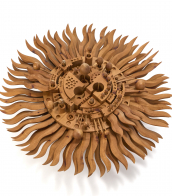
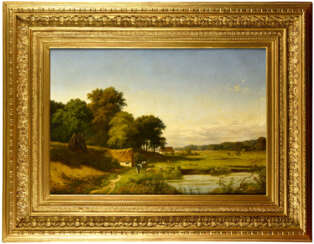

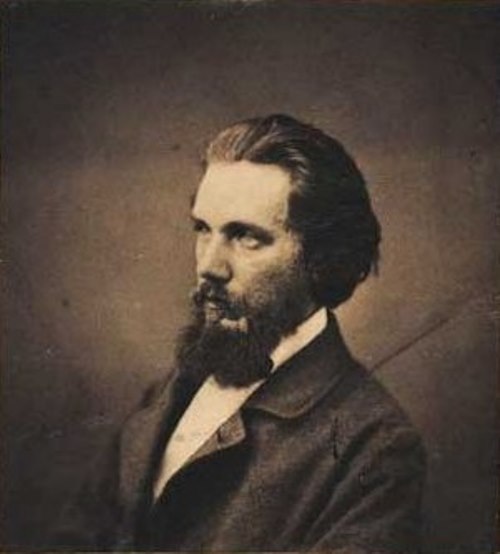
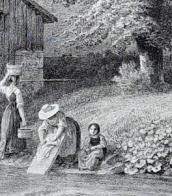


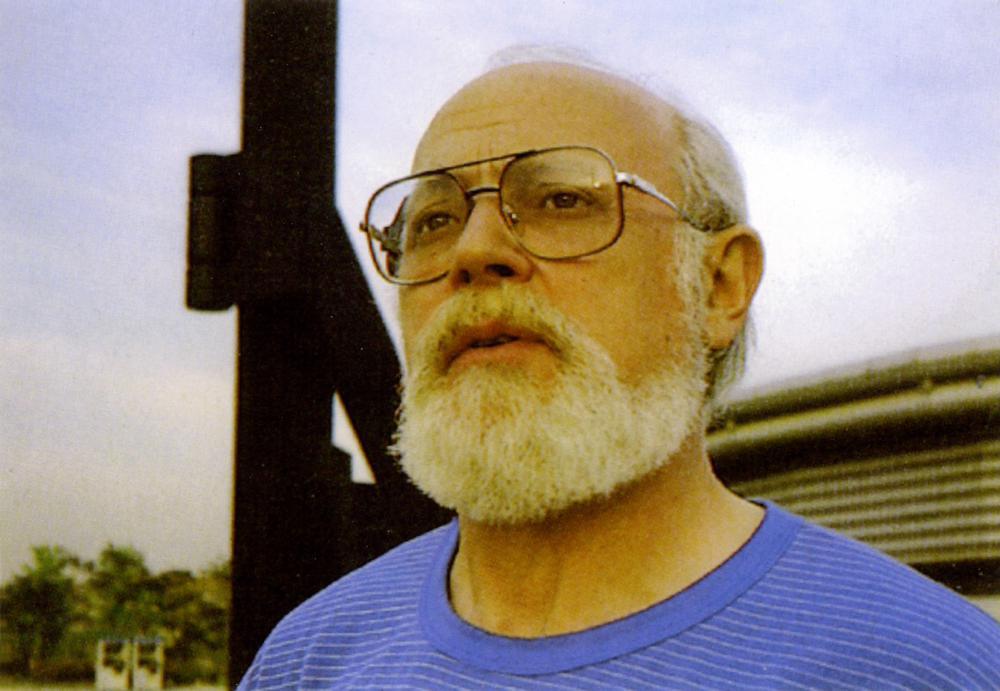



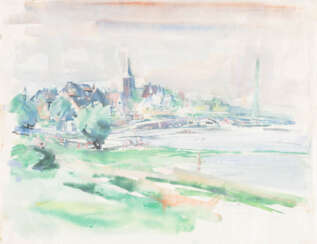

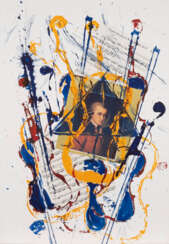

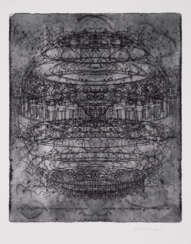

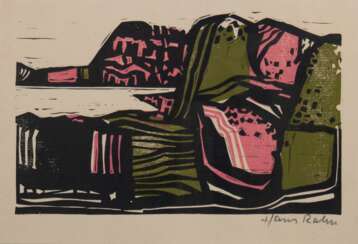


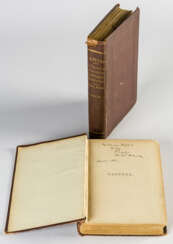




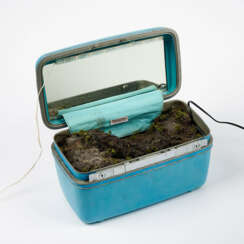


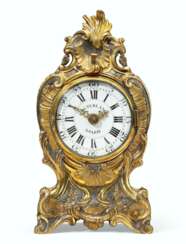

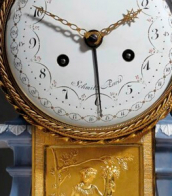


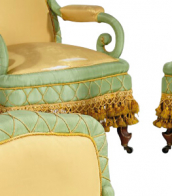
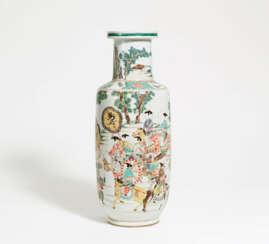










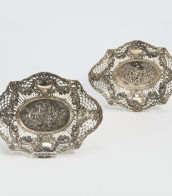






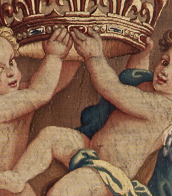
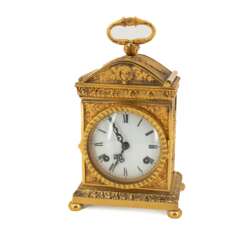




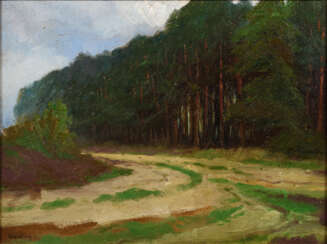

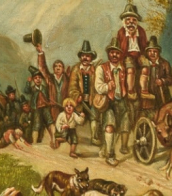
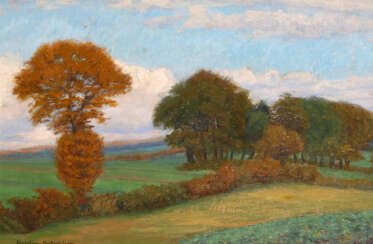

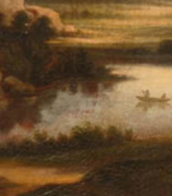




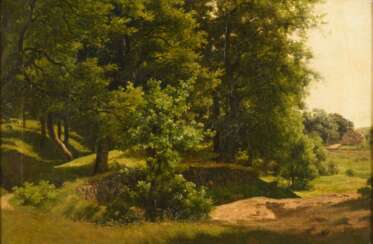

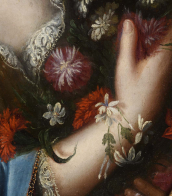
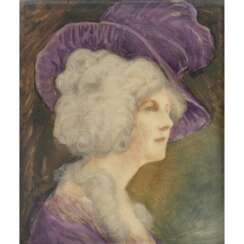

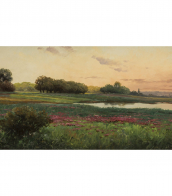
![Leveling, Heinrich Palmaz - [Vesalius, Andreas]](/assets/image/picture_2237778/d423f/4sqcub1t-ugaeed-u0ui8ztg9nuycboexxkwgan8c2dfbfo16h1jw-ox9fydzaie1654339910jpg__fix_374_244.jpeg)
![Leveling, Heinrich Palmaz - [Vesalius, Andreas]](https://veryimportantlot.com/assets/image/picture_2237778/d423f/4sqcub1t-ugaeed-u0ui8ztg9nuycboexxkwgan8c2dfbfo16h1jw-ox9fydzaie1654339910jpg__fix_374_244.jpeg)
